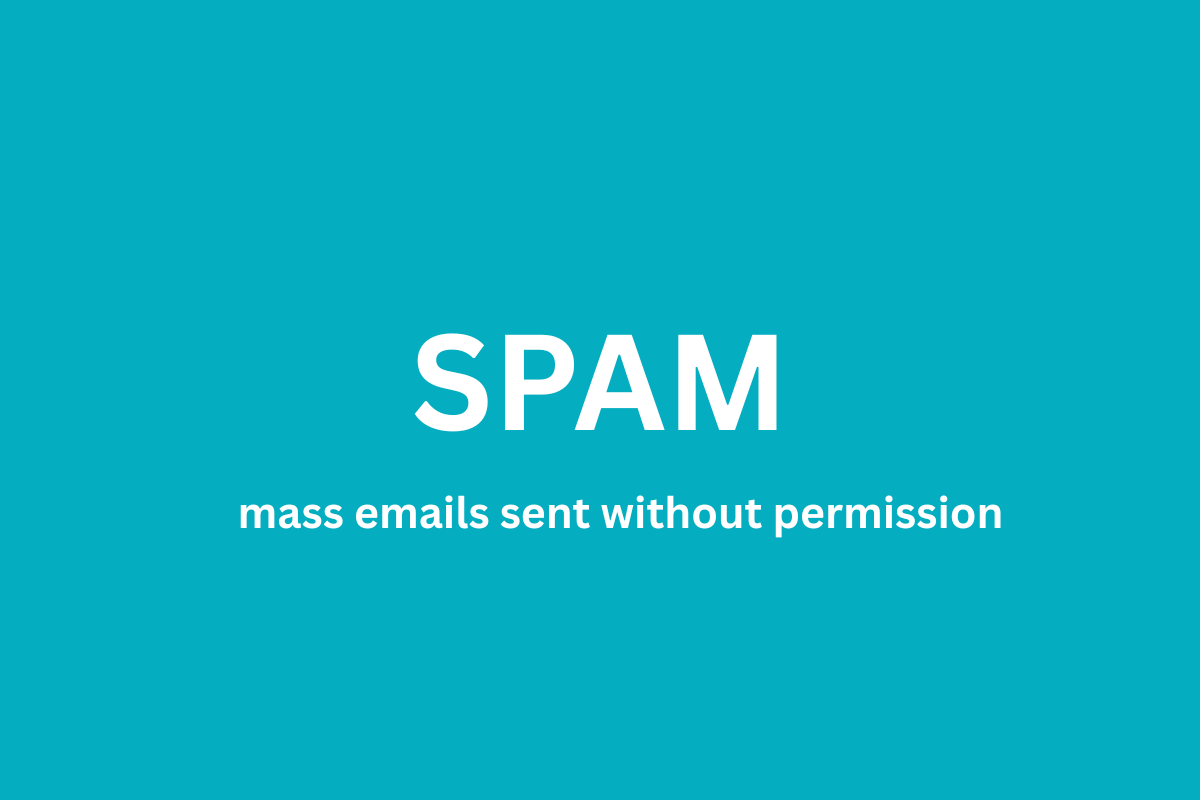Why Your Emails End Up in SPAM (And How to Fix It)
You’ve crafted the perfect email. Great offer. Clear CTA. Beautiful design. But when you hit “send,” your audience doesn’t respond. Why? Because your email never reached their inbox. It landed in the one place no marketer wants to be — the SPAM folder.
What Is SPAM, Really?
SPAM refers to unsolicited or bulk emails sent without user consent. But even if you’re sending permission-based marketing emails, they can be flagged as spam due to poor technical setup or content that triggers filters.
Top Reasons Your Emails Go to SPAM
1. Missing SPF, DKIM, and DMARC
These are email authentication protocols. Without them, your domain looks suspicious to mail servers.
- SPF: Authorizes IP addresses to send on your domain’s behalf.
- DKIM: Ensures your message wasn’t altered in transit.
- DMARC: Provides instructions to recipients if SPF/DKIM fails.
2. Poor Sender Reputation
If you use a new or blacklisted domain, send to bad emails, or blast too much too fast, your sender score suffers — leading to blocks or spam flags.
3. Low Engagement
Low open rates signal disinterest. Email providers track this and may redirect your future emails to SPAM.
4. Spammy Content
All caps, excessive links or images, and broken code can trip spam filters. Keep subject lines natural and avoid “salesy” language like “GET RICH QUICK.”
How I Help You Avoid the SPAM Folder
I set up your email campaigns the right way, focusing on:
- ✔️ SPF, DKIM, and DMARC configuration
- ✔️ Clean list import from your CSV or file
- ✔️ Optimized HTML templates
- ✔️ Real-time analytics (open/click/bounce rates)
- ✔️ Smart delivery scheduling
Let’s Fix Your Email Delivery Today
I offer done-for-you email campaign setup — technical configuration, strategy, and real-time reporting included. If you’re tired of seeing your emails land in spam, I’m here to help.

